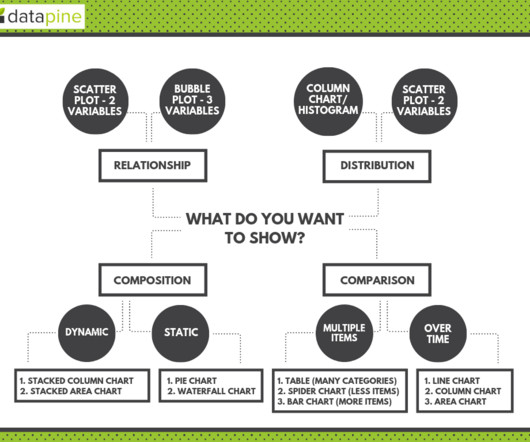Panera CIO John Meister on mastering customer experience
CIO Business Intelligence
APRIL 27, 2023
So we return to those moments and think much more deeply about the interaction. We’re seeing very high customer satisfaction scores in those interactions. The first part of leveraging data is really understanding what we want to do with it — what is the KPI or the business metric we want to change? This was in around 2014 or so.














Let's personalize your content